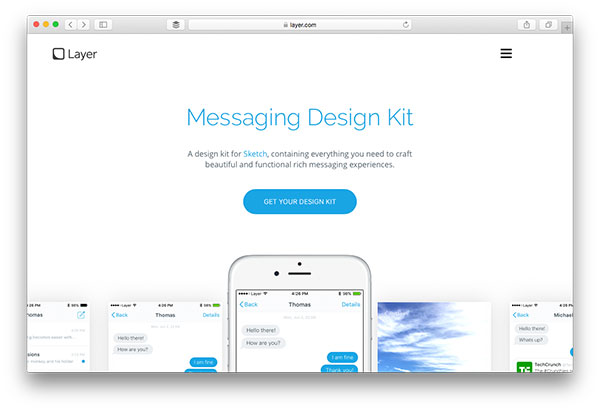

For example, a button to submit a form should be near the form. Put controls near objects that users want to control. Ease complex tasks by using progressive disclosure. Guide users by indicating preferred actions. Minimize the number of actions for performing tasks but focus on one chief function per page. Users should pick up meanings just by scanning. Text via font sizes, bold type/weighting, italics, capitals and distance between letters. Avoid including colors or buttons excessively. Typically choose edge (over center) alignment.Ĭolor, brightness and contrast. Respect the user’s eye and attention regarding layout. Keep interfaces simple (with only elements that help serve users’ purposes ) and create an “invisible” feel. Clearly label icons and include well-indicated affordances: e.g., shadows for buttons. Make buttons and other common elements perform predictably (including responses such as pinch-to-zoom) so users can unconsciously use them everywhere. To deliver impressive GUIs, remember- users are humans, with needs such as comfort and a limit on their mental capacities.
#Chatbot interface design how to
Don Norman, Grand old man of UX design How to make Great UIs I don’t want to focus my energies on an interface. One analogy is to picture UX design as a car with UI design as the driving console. UX design covers the entire spectrum of the user experience. UI design is a craft where you the designer build an essential part of the user experience. Often confused with UX design, UI design is more concerned with the surface and overall feel of a design. Users associate good feelings with brands that speak to them at all levels and keep the magic of pleasurable, seamless experiences alive.Īirbnb’s simple, inviting layout lets users satisfy their travel needs quickly, easily and enjoyably. UIs should communicate brand values and reinforce users’ trust. Where appropriate, elements of gamification can make your design more fun. Delight them, and they’ll keep returning. When your design predicts users’ needs, they can enjoy more personalized and immersive experiences. UIs should also be enjoyable (or at least satisfying and frustration-free). So, understand your users’ contexts and task flows (which you can find from, e.g., customer journey maps), to fine-tune the best, most intuitive UIs that deliver seamless experiences. Your design should therefore be “invisible”: Users shouldn’t focus on it but on completing tasks: e.g., ordering pizza on Domino’s Zero Click app. They don’t care about your design, but about getting their tasks done easily and with minimum effort. In this video, Michal Malewicz explains the aesthetic–usability effect and its relationship with UI design.


 0 kommentar(er)
0 kommentar(er)
